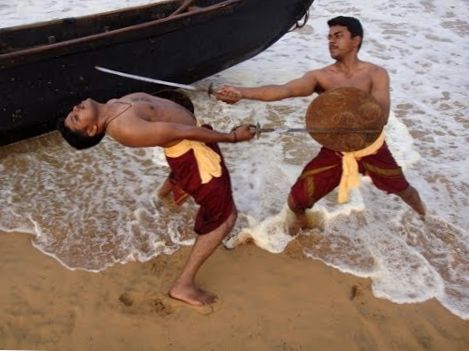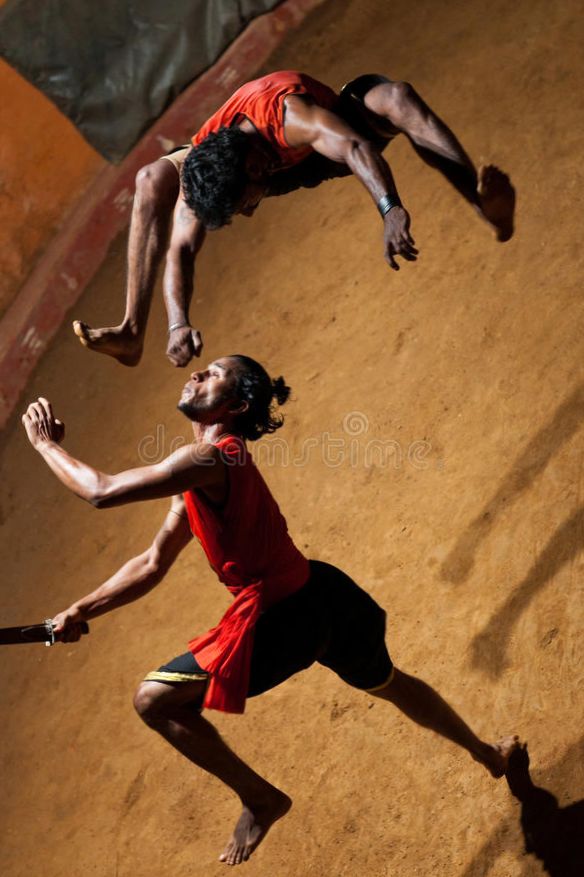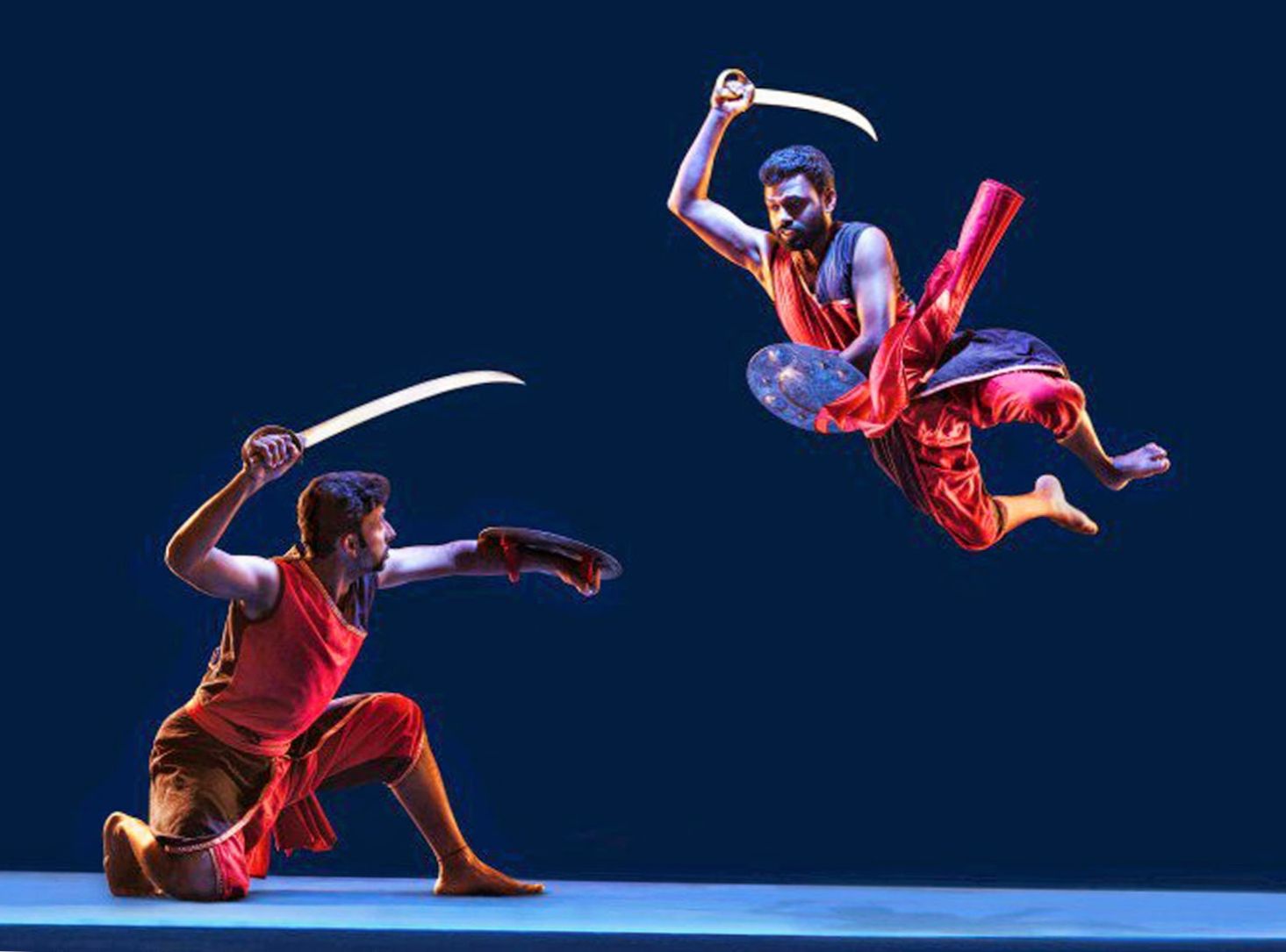Kalaripayattu Training Documentary – Kalari techniques – varma kalai-kalari fight-kalari basics

Buddha Kalari, an academy of Kalaripayattu and centre for Marma has the distinction of keeping alive the great legacy of martial arts handed down for generations since 1924. This pioneering institution was the first traditional school in Kerala to offer training Kalaripayattu in the Southern style. During the last eight decades it has pioneered many schools of thoughts and practices and has guided the evolution of the tradition of Kalaripayattu. The centre has spearheaded the promotion and propagation of the tradition of Kalaripayattu by organizing many International and National level performances and workshops on Kalaripayattu and by running an year round training programme for local and foreign students at Thiruvananthapuram, Kerala, South India. Buddha Kalari also runs a traditional 'Kalarichikitsa' clinic specializing in Ayurvedic Orthopaedic treatments. The present Kalari Master Dr. C.S. Suchith represents the third generation of a family that has preserved the ethos of Kalaripayattu and Marma Treatment in its true spirit and value.
The place of martial art training is known as 'Kalari' and the practice of this art is called 'payattu'. The Kalari traditionally serves the functions of both a training centre and a temple. Kalaripayattu training is mainly divided into three phases called Meithari (body preparative exercises), Kolthari (training in wooden weapons) and Ankathari (training in combat weapons).
Wearing Katcha or loin cloth and smearing his body with oil, the student after prostrating before the deities and the Gurukkal begins his initial training with Meithari system, which forms the foundation for the entire repertoire of Kalaripayattu training. Every conceivable form of stretching, turning and twisting of the body is mastered by practicing this. The body control exercise include swinging of the legs along with different methods of leaps and jumps. Concentration, agility, confidence, reflex action, physical and mental power are the result of Meithari.
The Second phase is known as Kolthari which involves training in wooden weapons like Kettukari 12 span staff and Cheruvati 3 span staff etc. Ottakkol is a special curved wooden weapon in the Kothari repertoire which serves as a training instrument for co-ordinating the intricate movements of the body and feet and also as a stepping stone to the proper execution of the advanced Kalaripayat techniques. Various sequences of Kolthari lead one to the proper understanding of mind and body in action.
The third and final phase of training is Ankathari or combat training with weapons. This begins with Kattarom or dagger, which is knife shaped metallic weapon for duels at close quarters which includes several locks and many elements of barehanded fighting techniques. Using Sword and shield in an efficient manner is considered to be the peak of perfection in Kalaripayattu. Various methods in the use of sword as a weapon of offence and defence, are being practiced today; but most awesome among these is the 'Puli Ankam' where the combatants fight like tigers. An extra ordinary control over the body, agility, a quick eye and a keen presence of mind are necessary for the mastery of the sword fight. Urumi is long flexible sword measuring about 6 feet in length and sharp at both sides. A warrior in mass attack uses this. If the wielding is not perfect, it may cause wounds on the user itself.
Verum Kai or Bare handed fight is the training for defence without using any weapon against an armed or unarmed person. In Verum Kai, different techniques of locking, gripping, throwing are taught. The student also learns the marma treatment as part of Kalari's advanced study. Verumkai is said to be the advanced stage of Kalari. Master of the martial traditional order will impart this knowledge only to those students who are highly disciplined not only in Kalari but also in their daily life.
Many advanced elements of empty hand fighting is taught in the different sequences of Kathiyum Thalayum, in which one learns to defend onself with a common two meter long cloth on one's own shoulder called the mundu.



